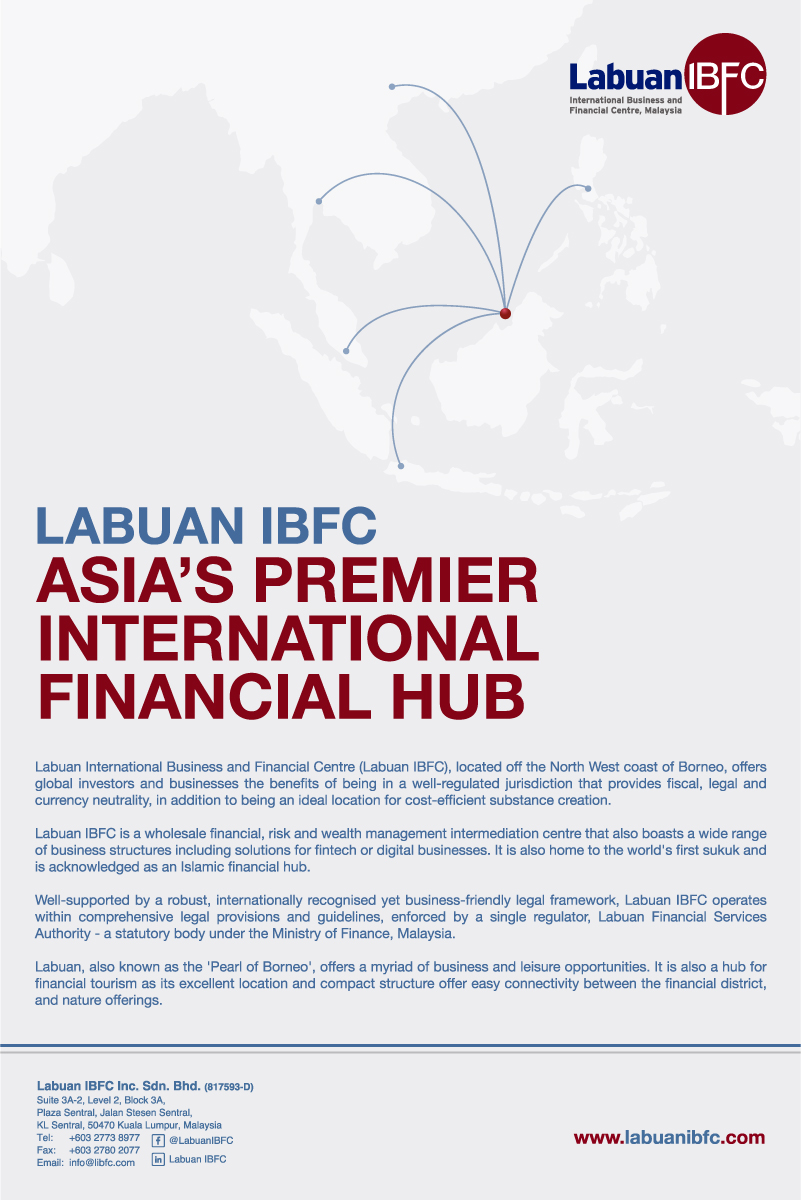The Tax Cuts and Jobs Act, passed by Congress and signed by US President Donald Trump on 22 December last year, is the first comprehensive tax reform to take place in the US since 1986.
The Tax Cuts and Jobs Act, passed by Congress and signed by US President Donald Trump on 22 December last year, is the first comprehensive tax reform to take place in the US since 1986. From accounting methods, to child tax care credits, nearly every aspect of the tax code will be touched in some way by this sweeping legislation. Captive insurance companies are no different.
Beginning this year, the tax landscape will be changing immensely. More importantly, these changes will not be slow and they will not be gradual. Many of them will occur immediately and all at once. For example, corporations will pay a flat corporate income tax rate of 21 percent for tax years beginning after 31 December 2017. Previously, corporate income tax was determined based on a graduated scale, with a top bracket percentage of 35 percent.
There are several other general business provisions, which will have an immediate impact on captives in the coming year. In addition to the corporate income tax rate reduction, the corporate Alternative Minimum Tax has been repealed and certain classifications of property will be subject to immediate bonus depreciation of 100 percent. These reductions in corporate tax liability are also accompanied by new limitations on net operating losses and business interest deductions.
The act also contained a number of provisions that are specific to insurance generally, such as an increase in the discount factor applied to reserves. However, this article will focus on significant changes to the US tax rules as applied to foreign structures.
As readers well know, offshore captives have a number of potential benefits, such as captive friendly regulators, more flexibility for investments, lower capital requirements, and larger access to reinsurance and pools. Additionally, offshore captives have been established as a tax-efficient method of obtaining coverage.
Even so, captives are not immune from the fundamental shifts in the way the US taxes international companies following the enactment of this tax reform. Few areas of the tax code saw such radical and impactful reforms. Not only have there been significant changes to the way multinationals are taxed, these changes may have an impact on taxpayer’s 2017 income tax returns.
While the new rules add increased complexity and potentially harsh consequences, a properly structured organisation can still maintain significant tax benefits to an offshore captive. Captive structures will need to be evaluated as US tax reform provides for a number of new provisions that will impact offshore companies in general and the captive insurance industry. The actual impact of these new laws will depend largely upon how your organisation is structured.
Impact to passive foreign investment companies
One provision of the act, regarding passive foreign investment companies (PFICs), specifically targets offshore captives. The PFIC regime is burdensome for owners of smaller interests in captives (or any offshore investments for that matter). These rules reduce the incentive for offshore investment by potentially taxing phantom distributions and imposing onerous reporting requirements. If there is no choice but to be a PFIC, the harsh consequence of high-tax rate and interest charges may be alleviated if certain (timely) elections are made. Failing to properly report PFICs comes with penalties and the waiver of certain important elections.
Offshore insurance companies are able to avoid PFIC status by meeting the active insurance exception. However, to meet this exception, a certain level of active insurance assets must be present. For example, loss and loss adjustment expenses and specific other reserves must exceed 25 percent of total assets. There is an additional provision if a company is in a run-off position.
One challenge always present with holders of PFIC shares is the ability to obtain information and influence the decision makers of the offshore entity. Due to ramifications of falling into PFIC status, smaller owners in offshore insurance companies will want to take affirmative steps to protect themselves.
While PFIC provisions specifically target offshore insurance companies, many of the other changes to the international tax rules can have a major impact on offshore structures.
New base erosion anti-abuse tax
Companies doing business internationally will also have to be aware of the new base erosion anti-abuse tax (BEAT). BEAT is intended to ensure that companies doing business in the US pay a minimum level of tax. This minimum tax is computed by disallowing certain related-party payments to companies outside of the US. BEAT applies to taxpayers with average annual US gross receipts of at least $500 million over the three-year look-back period and a base erosion percentage of at least three percent. BEAT rate is 5 percent in 2018, increased to 10 percent until 2025 and then 12.5 percent thereafter.
Premiums paid to an offshore captive would be a form of disallowed payment, however, there are a number of inputs that will influence the calculation of any new BEAT tax due. Whether or not BEAT will apply will require a look at not only insurance premiums, but all related party payments, so a holistic analysis would be required to determine if your benefit from a captive would be impacted.
Impact to controlled foreign corporations
There are two major revisions to the rules surrounding US controlled foreign corporations (CFC), which may have an impact on captives. Firstly, the ownership rules for determining if you have a CFC have changed significantly. Previously, the ownership rules required US shareholders to control 10 percent of the company’s voting power for more than 30 days to qualify as a CFC. Now, a CFC may be found if either 10 percent of the voting power or 10 percent of the total value of the company are owned by US shareholders for one day during the taxable year. In addition, ownership attribution rules have been modified to now permit, for constructive ownership rules, attribution to look through foreign parents for CFC determination. These changes are not relevant for wholly owned captives, but shared owners should take note.
Secondly, the new global low-taxed intangible income tax (GILTI) looks to make sure a minimum level of tax is paid by CFCs. The calculation in effect grants a 10 percent minimum tax after an 80 percent foreign tax credit allowance if the taxpayer’s offshore tax rate is not met. The identification of what type of income is subject to the minimum tax is important in this calculation.
Required transition tax
From a US international tax perspective, the major headline is that these rules transition the US from a corporate worldwide tax system to a modified territorial system. This change allows dividends from offshore earnings to be brought back to the US without taking a tax hit. This modification ends the historic ‘lock-out’ effect.
In exchange for moving to this territorial system, many offshore companies will face the ‘deemed repatriation’ transition tax. This toll charge is a one-time hit to legacy offshore earnings that were not previously subject to US tax. Offshore captives organised as CFCs that have held many years of earnings deferred from US tax, will be subject to this tax. Many companies are spending time zeroing-in on historical earning and profit (E&P) numbers, as these amounts rarely resulted in tax due to the Internal Revenue Services historically. The rate of tax paid on cash held by the company is 15.5 percent and all remaining E&P will be taxed at 8 percent. This tax will apply regardless of whether cash is actually distributed back to the US, and must reported on taxpayers 2017 tax returns.
A note to 953(d) captives
Captives rules have not been changed regarding offshore insurance companies that have made the 953(d) election to be taxed as US companies. However, it is important to keep an eye on these international rules even though they may not be currently applicable. As everyone is aware, in this post-Avrahami world, it would be a worthwhile exercise to evaluate the implications if IRS challenges are upheld that would invalidate the 953(d) election.
From a big picture perspective, the simple but most impactful outcome of tax reform is a significant drop in the corporate tax rate. Nonetheless, the desire to manage global effective tax rates is ever-present. While there are numerous new tax hoops to jump through, the benefits for offshore captives remain. The challenge will be to manage these new complexities to make sure that new traps do not bite your structure. Captive owners and managers would be well suited to consult with their tax advisors to determine what, if any, impact these new laws will have on their captive.





